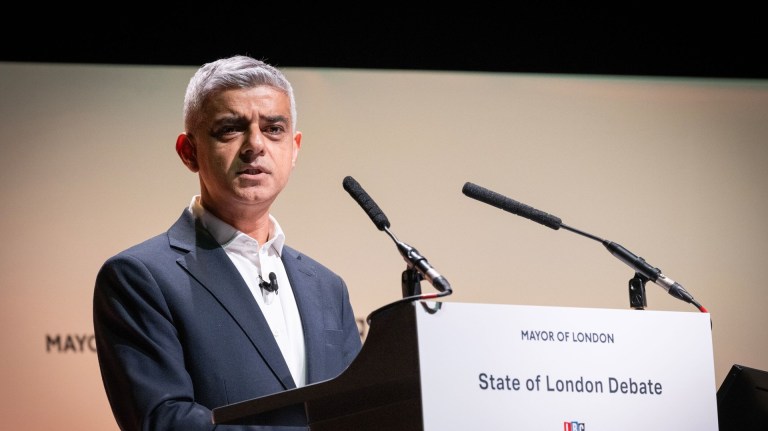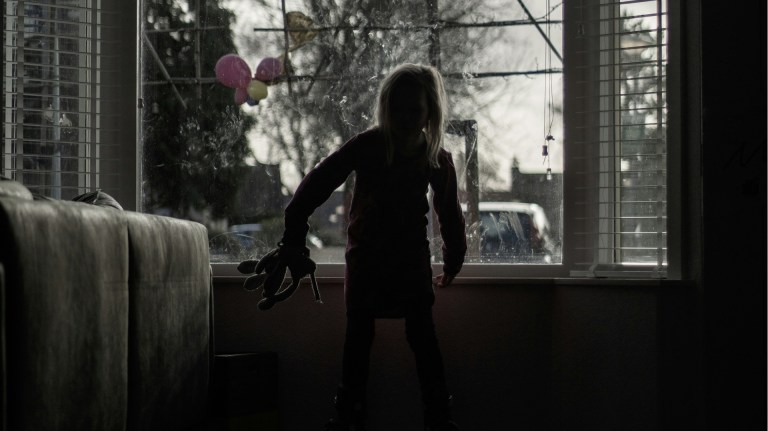“New restrictions being proposed by the government will effectively mark the end of Right to Buy. But the job of replenishing Britain’s affordable housing stock has only just begun. Around 400,000 homes need to be built – at a cost of £50bn – just to get levels of affordable housing back to where they were when Labour was last in government.”
The Resolution’s Foundation’s latest Housing Outlook analysis found Right to Buy purchases already slumped to 11,000 in 2022-23.
They are unlikely to rise much higher with 62% of England’s remaining housing stock owned by housing associations and ineligible for the scheme while two in five tenants are living in poverty and unlikely to be able to afford to buy their home.
But the Right to Buy scheme has already contributed to a decline in affordable housing stock from a peak of 5.5 million in the 1970s to just 4.1 million today in the face of huge population growth.
As many as 40% of homes sold under the scheme have ended up in the hands of private landlords, according to analysis from the New Economic Foundation, leaving low-income families paying higher housing costs in private rents.
Labour’s interventions are likely to have a bigger impact in protecting new-build homes as part of the government’s bid to build 1.5 million homes while in power, including what housing secretary Angela Rayner called “biggest wave of social and affordable housing for a generation” last week.
Advertising helps fund Big Issue’s mission to end poverty
Rayner neglected to give a target figure for building social homes when she was quizzed by MPs on the housing select committee. She also admitted that the 1.5 million-home target would only “dent” the housing crisis.
The deputy prime minister said: “Even with the 1.5 million homes target, that is a stretch target. I don’t lose. I hate losing. I’ve always been underestimated all my life and I’m determined personally not to lose this fight either.
“But even if I and this government achieve this 1.5 million homes target it is a dent in what we need to achieve as a whole country to deliver the houses that we desperately need.
“We haven’t seen this level of housebuilding since the 1950s in the post-war and it is a similar challenge we face today to get that as well. I think they are achievable targets that we’ve set.”
Resolution Foundation shows the size of the task they face to tackle sky-high house prices and record-high rents.
The think tank found that 125,000 more social homes would be needed just to clear the backlog of families in temporary accommodation in England – at a cost of around £15 billion. A record-high 123,100 households are living in temporary accommodation, including 159,380 children.
Advertising helps fund Big Issue’s mission to end poverty
If the government wanted to return the UK’s affordable housing stock back to pre-2010 levels when Labour was back in power, an additional 400,000 homes would be needed, costing £50bn. That would mean one in four of the 1.5 million homes delivered over parliament would need to be for social rent to return to levels seen in 2010.
Pacitti said chancellor Rachel Reeves must consider using the additional £100bn of capital investment over parliament on building more affordable homes when she lays out the government’s plans at June’s spending review.
Do you have a story to tell or opinions to share about this? Get in touch and tell us more. Big Issue exists to give homeless and marginalised people the opportunity to earn an income. To support our work buy a copy of the magazine or get the app from the App Store or Google Play.









